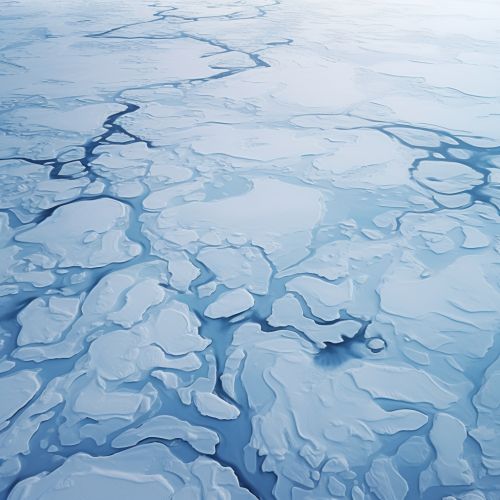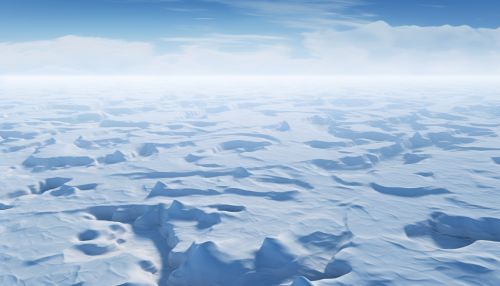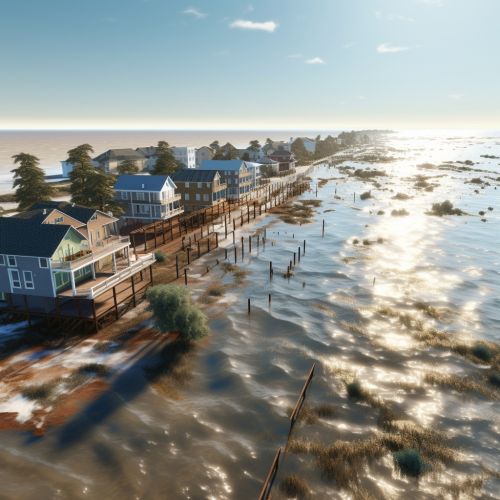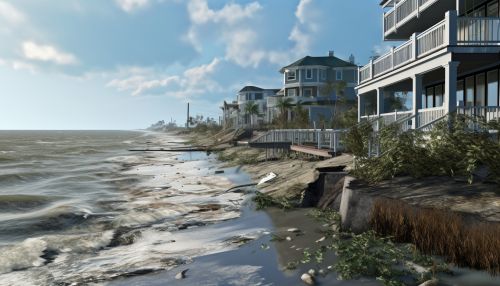The Science of Earths Polar Ice Sheets and Sea Level Rise
Introduction
The Earth's polar ice sheets, located in Antarctica and Greenland, are significant contributors to global sea-level rise. These vast expanses of ice, formed over millions of years, are a crucial component of the Earth's climate system, acting as a 'thermostat' that helps regulate the planet's temperature. However, in recent decades, scientists have observed rapid changes in these ice sheets, which have significant implications for global sea levels and climate change.


Formation and Structure of Polar Ice Sheets
Polar ice sheets are formed from the accumulation of snow over thousands to millions of years. This snow gradually compacts into ice under its own weight, forming layers that can reveal much about the Earth's past climate. The ice sheets of Antarctica and Greenland are the largest on Earth, together containing more than 99% of the planet's freshwater.
The structure of an ice sheet is complex and varies with depth. The upper layers are composed of snow and firn (a granular type of snow), while deeper layers are made up of dense, compressed ice. These layers can be several kilometers thick and contain trapped air bubbles, which provide a valuable record of past atmospheric conditions.
Changes in Polar Ice Sheets and Sea Level Rise
The balance between the accumulation of snow and the loss of ice through melting and calving (the breaking off of icebergs) determines the mass balance of an ice sheet. When more snow accumulates than is lost, the ice sheet grows; when the opposite occurs, the ice sheet shrinks. Changes in either the accumulation or loss of ice can lead to changes in sea level.
In recent decades, scientists have observed a net loss of ice from the polar ice sheets, primarily due to increased melting and calving. This loss of ice contributes to global sea-level rise, which can have significant impacts on coastal communities and ecosystems.
Impacts of Sea Level Rise
Sea-level rise due to the melting of polar ice sheets can have far-reaching impacts. Coastal communities are at risk from increased flooding and erosion, while low-lying islands and countries may become uninhabitable. Changes in sea level can also affect ocean currents and weather patterns, potentially leading to more extreme weather events.


Future Projections
While it is difficult to predict exactly how the polar ice sheets will change in the future, most climate models project a continued loss of ice and an associated rise in sea level. The rate and magnitude of these changes will depend on a number of factors, including future greenhouse gas emissions and the response of the ice sheets to warming.
